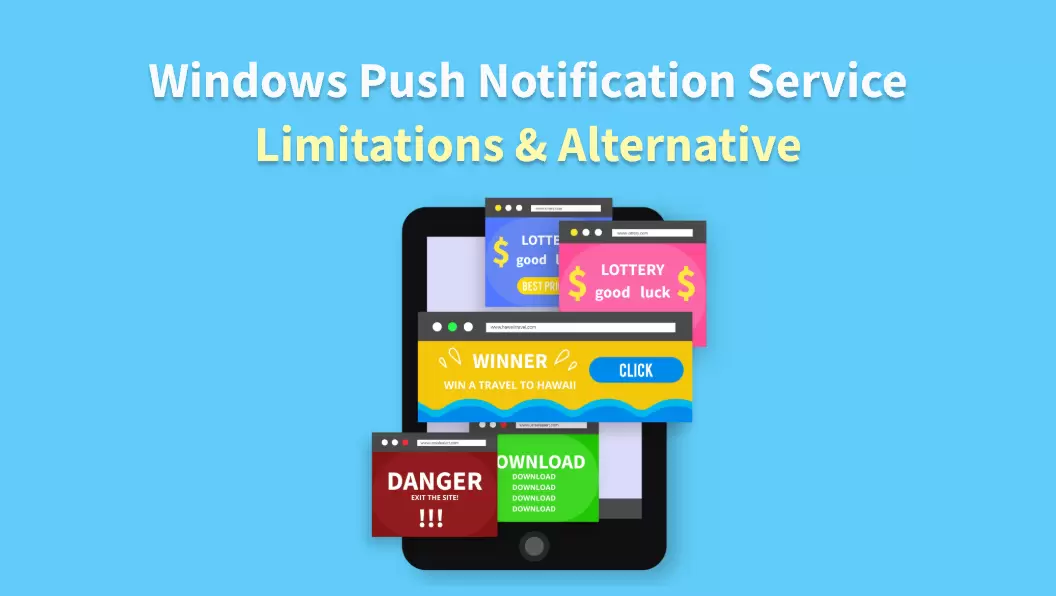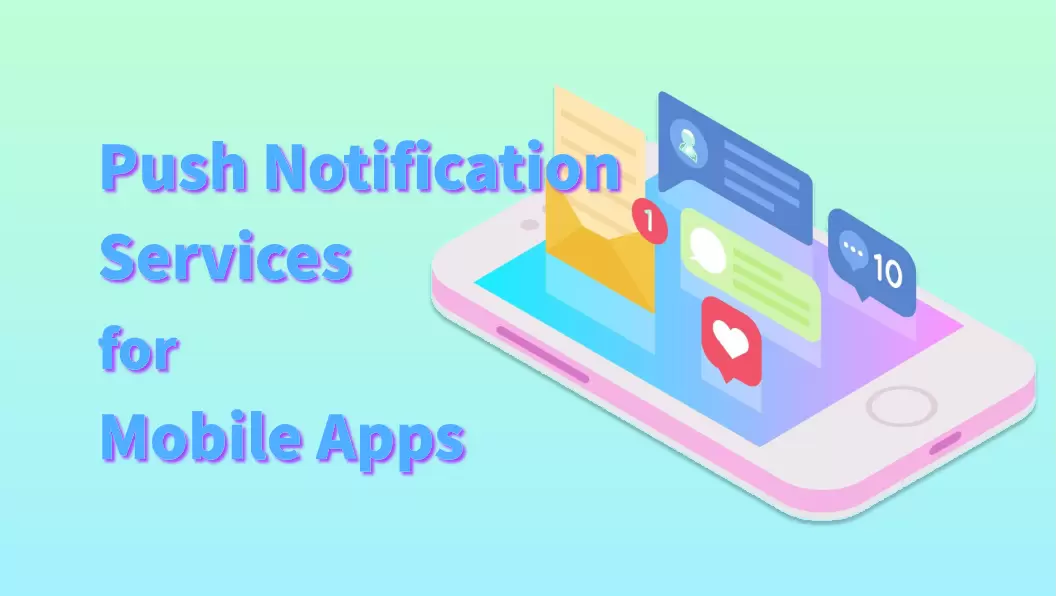If you'd like to build better awareness and preference for your brand, or reach more users at lower costs, engagement marketing may be your golden ticket. Less like a strategy, engagement marketing is more like a heart-to-heart conversation between your brand and users. It not only captures the attention of your users but also their loyalty by making them feel special and heard.
We'll share insights on everything about engagement marketing, including its definition, benefits, approaches, and how you can use it. So, grab your coffee and let's get exploring.
What is engagement marketing?
Engagement marketing is a strategy that enables a two-way, valuable conversation between your brand and users. You can use email, social media, SMS, push notifications, or other digital tools to deliver timely, relevant, and personalized interactive content to your users to increase user engagement.
What distinguishes engagement marketing from traditional marketing is its high level of personalization. It provides personalized, content-driven experiences that are specially tailored to users' interests and needs, encouraging them to actively participate in your content. Users are not passive recipients overwhelmed by generic marketing messages; they are the heart of your marketing strategy. This helps build emotional connections with your users, ultimately increasing user satisfaction and driving brand awareness and business growth.
What are the benefits of engagement marketing and why do you need it?
Having learned what engagement marketing is, you may believe that it meets the needs of today's digital marketing landscape, where the user's attention is the currency. Check out the benefits of engagement marketing, and then you'll see why you need it.

-
Build stronger relationships with your users
Engagement marketing helps you build effective and valuable communication with your users, making them satisfied with your brand. When users receive content that truly resonates with them, they are more likely to engage because they feel understood and valued. The more users engage, the stronger your relationships become.
-
Increase your brand awareness and authority
By regularly interacting with users through various channels, engagement marketing keeps your brand visible. These interactions make your brand remain top-of-mind, thereby increasing brand awareness. Additionally, by sharing meaningful, personalized content, your brand establishes itself as a knowledgeable and reliable source in its field, enhancing its authority.
-
Acquire new users and extend their lifetime value
Personalized content will attract new visitors, who are then likely to engage with your brand and potentially become new users. The multiple-channel content sharing also expands your brand reach further, attracting those who might not have discovered your brand. The ongoing engagement will keep your current users interested and connected with your brand, helping sustain long-term relationships and extend their lifetime value.
As a result, satisfied users who feel comfortable with your brand are more likely to introduce it to their acquaintances. These word-of-mouth recommendations can significantly expand your user base.
-
Understand your users better
Through engagement marketing, you can collect not only a wealth of data on user behavior but also direct feedback that provides specific insights into user preferences and pain points. With these data-driven insights, your brand can optimize the user journey to improve engagement, conversion, and retention.
Additionally, the data gathered can be used to perform predictive analyses, enabling proactive strategy optimization. This includes introducing new services that users are more likely to subscribe to.
What are the approaches to engagement marketing?
Engagement marketing involves a variety of approaches. In this section, we cover the primary approaches, each presented with examples. Explore the table below to learn about these methods, and discover which one best fits your needs.
| Approach | Description | Example |
|---|---|---|
| Social Media Marketing | Dynamically share meaningful content to connect with and engage your audience |
|
| Email Marketing | Send targeted and personalized messages to users' inboxes |
|
| Push Notification Marketing | Nudge users in real time with timely updates, special offers, and exciting news directly through their mobile devices or desktops |
|
| Community Marketing | Build a community to connect users with your brand to foster a sense of belonging and support, where each member feels valued and heard |
|
| Influencer Marketing | Partner with influencers to have popular voices amplifying your brand to introduce your brand to a wider audiences |
|
| Conversational Marketing | Engage users directly through real-time chatting, making each interaction immediate and personal |
|
| SMS Marketing | Sending text messages to communicate with users immediately via their mobile phones |
|
How do you plan and develop effective engagement marketing?
Here comes the part you're most interested in—how to plan and develop effective engagement marketing. The process involves a few key steps: understanding your audience, creating content that resonates with them, and continuously optimizing your strategy based on the analysis of results.
Follow this step-by-step guide to set up a successful engagement marketing campaign tailored to your brand.

-
1
Set clear goals
Start by asking yourself: What do you want to achieve with the engagement marketing campaign? Whether it is increasing brand awareness, driving sales, or building a community, specific goals will guide your strategy and help you measure success. -
2
Understand your audience
Who are they? What do they love? Understanding your audience is like knowing how your friends like their coffee—it makes all the difference. Gather user information such as behavior patterns, preferences, and pain points through market research, social media analytics, user surveys, CRM data, or other tools. The better you know them, the more engaging your content can be. -
3
Choose the right platform
Different platforms cater to different behaviors and preferences. Where does your audience like to hang out? X, YouTube, LinkedIn, E-mail, or maybe web platforms? Pick platforms where your target audience is most active. -
4
Create engaging content
Based on the understanding of your audience, create interactive content that resonates with them and add call-to-action elements. This could be anything valuable, from eye-catching infographics and interactive polls to heartwarming stories. Make sure to keep your content relevant to the interests and needs of your audience and, meanwhile, true to your brand's voice. -
5
Implement your strategy
Launch your engagement marketing campaign and keep engaging with your audience actively. Monitor the performance closely. Use analytics tools—many platforms include built-in analytics features—to track engagement results and access the impact of your strategy. Focus on metrics such as click-through rates, conversion rates, and social shares. These metrics will help you figure out what's working and what's not. -
6
Repeat and optimize your strategy
Engagement marketing isn't a one-and-done deal. Tweak your approach based on the data analytics for continuous and higher engagement. So, keep the cycle going: understand, create, engage, measure, and optimize.
By following these steps, your engagement marketing campaign will maintain its effectiveness over time and help you build lasting relationships with users.
How can you get on the board of engagement marketing quickly?
If you have a website or application for your brand and want to see the effects of an easy-to-launch engagement marketing campaign, we recommend starting with push notification marketing.
Push notifications are brief messages directly sent by your website or application to users' computers or mobile devices in real-time, mainly in two kinds: web push notifications and app push notifications. They can be tailored for various purposes, including sales promotions, transaction alerts, personalized content recommendations, and updates on new features. By sending push notifications, you can instantly connect with users and keep them interested and engaged.

There are many push service providers that can help you send push notifications and manage tasks afterward. A reliable and worthwhile option to consider is EngageLab. It's not only easy to use but also includes great features that streamline push notification management. Take your first step today with its FREE version. You'll discover how it can boost user engagement.
If you'd like to delve deeper into push notifications, we invite you to explore our additional tutorials:
- What Are Push Notifications? [Latest Guide]
- A Definite Guide to Web Push Notifications
- 3 Best Free Push Notification Services 2025
- What are the Push Notification Character Limits? All Platforms Discussed
Final Thoughts
As we wrap up our journey through the vibrant world of engagement marketing, remember that, at its core, it's all about connection. You're creating meaningful interactions with users, whether by sending messages to users' inboxes, engaging them on social media, or sending push messages to their devices. Start with the push notifications we recommend or pick other approaches we've discussed. The important thing is to get started and transform your user engagement efforts. Let's make marketing more engaging and enjoyable together!
Get Started for Free






